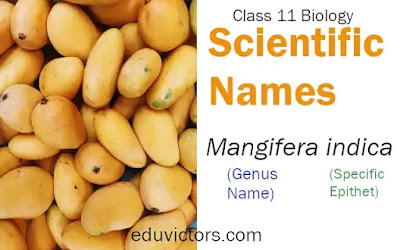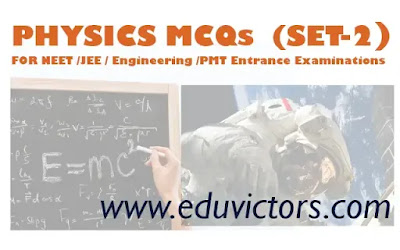Biology - Scientific Names
1. Swedish botanist Carolus Linnaeus established binomial nomenclature.
2. Caper Bauhin expressed proposed binomial nomenclature for the first time
3. In binomial nomenclature, the first word is a generic name having first letter capital and second word is a specific epithet having first letter. e.g. Homo sapiens, Mangifera indica
4. After end of biological name, the name of author is written in abbreviated form who gave the name to that organism.
5. Both the words of a biological name when handwritten are separately underlined and when printed are typed in italics to indicate their Latin origin and also give respect to the name.



















